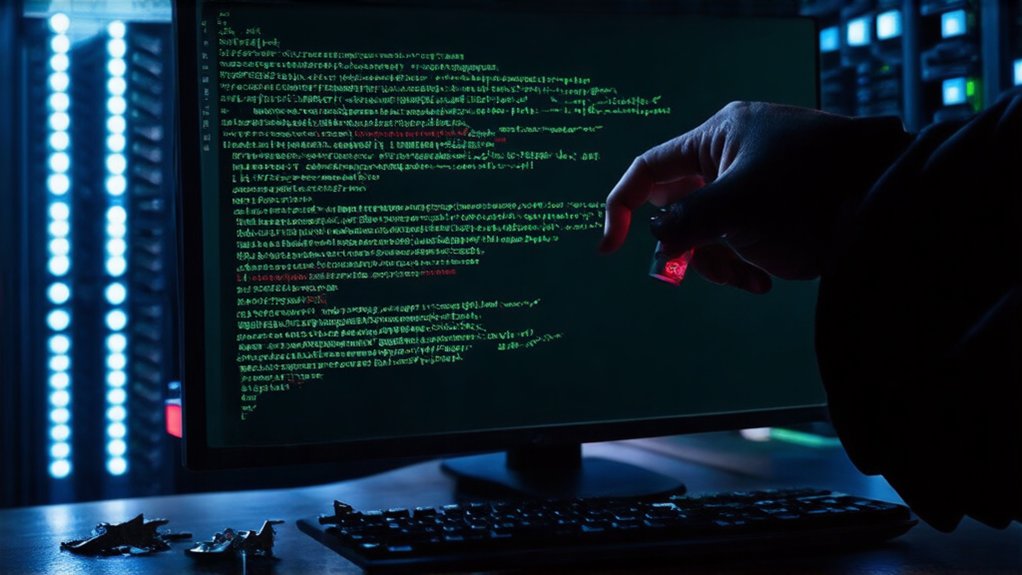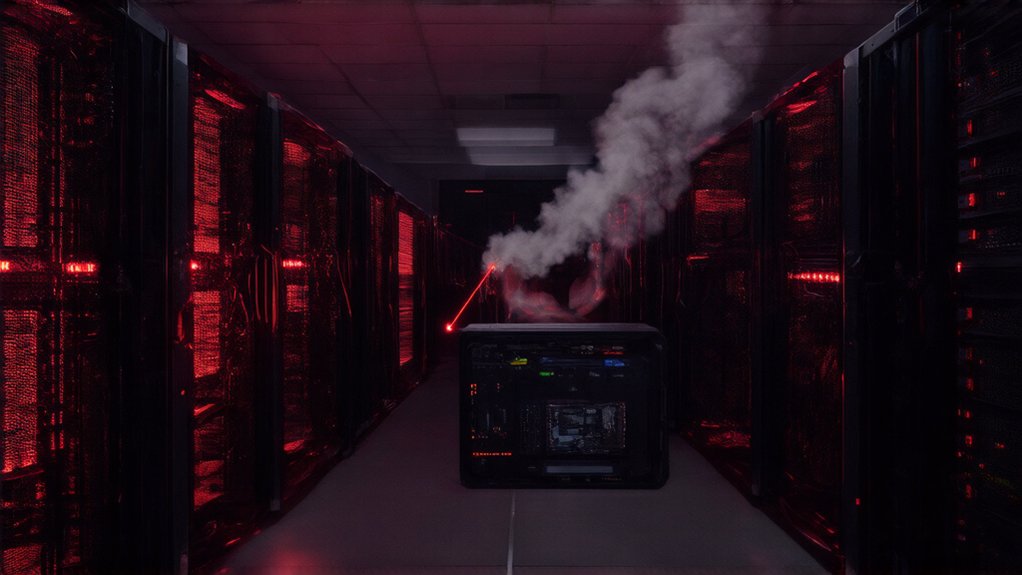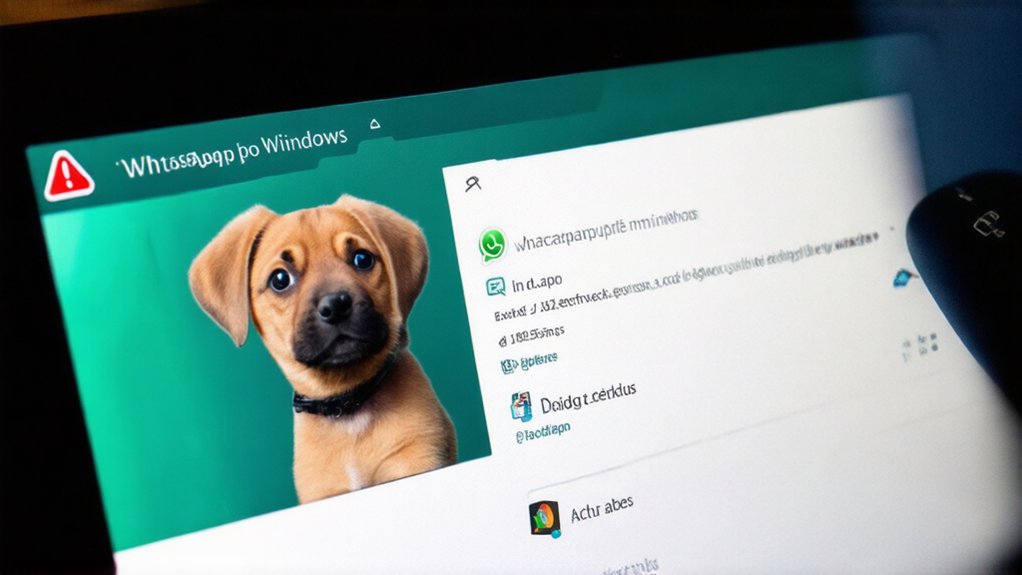Open source software is under attack. Developers once trusted the community’s collaborative spirit. Not anymore. The numbers tell a scary story: malicious packages in open-source repositories jumped over 150% from last year. That’s right—over 500,000 projects now contain code that could harm your system. Sonatype didn’t make this up; they analyzed 7 million projects to reach this conclusion.
The open source ecosystem faces an unprecedented crisis of trust as malicious code infiltrates the very foundations we built together.
Remember the XZ Utils incident? One rogue maintainer. Thousands of vulnerable systems. Classic example of what’s happening everywhere now. The problem is simple: we trust too much. We click “install” without thinking twice. Why wouldn’t we? It’s from a reputable source, after all. Except when it isn’t.
These attacks come in different flavors. Some malware strikes during installation, like that “colors” npm package that crashed applications worldwide. Others create backdoors. Some just sit there, waiting for the perfect moment to ruin your day. They’re getting smarter too—traditional security tools often miss them completely. Modern AI-powered tools can help detect and prevent malicious code through advanced data analysis.
Why are criminals so interested in open source? It’s ridiculously easy. No real vetting process. Zero cost to upload packages. Maximum damage potential. In 2024 alone, security researchers caught 245,000 malicious packages. That’s not a typo.
The consequence? One compromised package can trigger a cybersecurity nightmare. Companies lose money. Reputations get destroyed. Systems crash. All because someone wanted to save time by using open-source components without checking them first.
Some organizations deploy Software Composition Analysis tools to catch these problems early. Others invest in code reviews and security audits. The smart ones verify their packages and pin versions. Two-factor authentication helps too. Users who maintain proper JavaScript settings in their browsers can help prevent execution of some malicious scripts embedded in compromised packages. Even more concerning, critical vulnerabilities now take up to 500 days to fix, a dramatic increase from historical averages.
But let’s be real. The attack surface keeps growing. More contributions mean more security gaps. The community built on transparency now faces its greatest threat: the exploitation of that very transparency. Open source isn’t going anywhere. Neither are the attackers.




